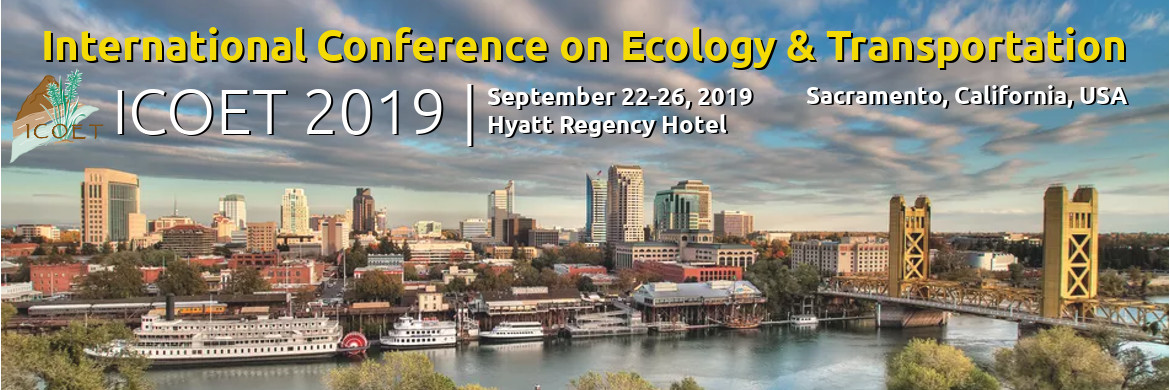Human disturbance can greatly affect wildlife behavior and can be concentrated around transport corridors such as roads. Disturbances associated with roads include: noise and light pollution from vehicular traffic, agriculture, utility work, hunting, and recreation. To cope with these sources of disturbance, wildlife living near roads may alter their behavior through a variety of methods including spatial and temporal partitioning. However, spatial partitioning in human-dominated landscapes is often limited forcing wildlife to adjust with temporal partitioning. Temporal partitioning has been shown to be an important adaptation in cases where spatial partitioning is difficult. Traditionally, identification of spatial and temporal partitioning required the use of radio collars which allow one to track an individual animal's space use across a landscape. Now, however, time stamped photos from camera trap sites can be used to record when and how animals use particular sites over time allowing for an assessment of site-specific activity rather than animal-specific activity. Additionally, using camera traps allows one to assess human activity patterns at sites making it feasible to assess how human activity influences wildlife activity in human-dominated landscapes. In this study, time stamped photos from camera trap sites were used to assess the activity patterns of several wildlife species and humans around a rural highway in Cameron County, Texas, USA. to determine how wildlife activity varies at different distances from the highway and with different levels of human activity. This analysis allows for a fine-scale assessment of human-wildlife interactions near roads which can improve our understanding of how roads impact wildlife. Overall, we expect that wildlife activity will be greater at sites with less human activity and those further from roads. We also expect wildlife activity to peak during times when humans are least active, i.e. at night.
Terrestrial Wildlife and Ecosystem Interactions with Transportation
Human-wildlife interaction
Temporal partitioning
Activity pattern analysis
